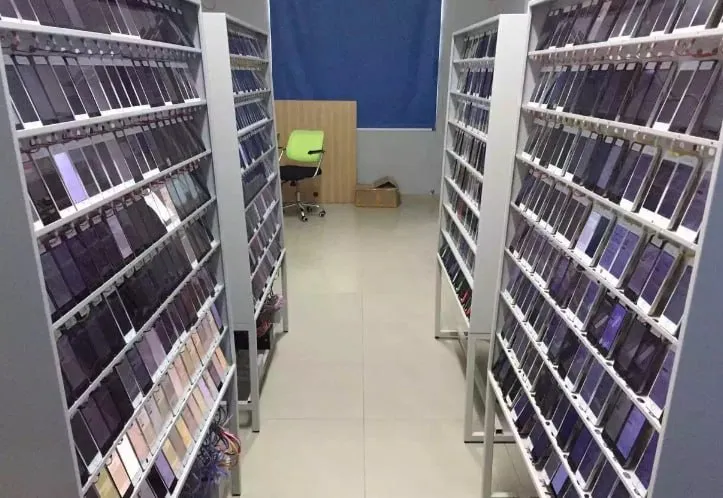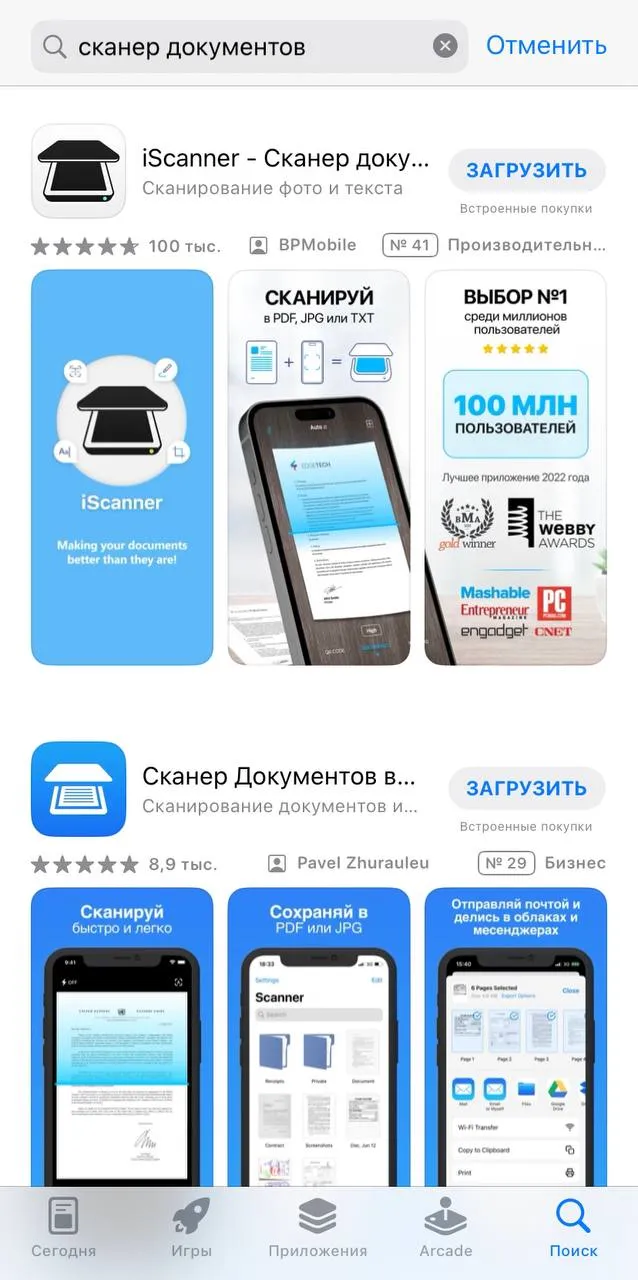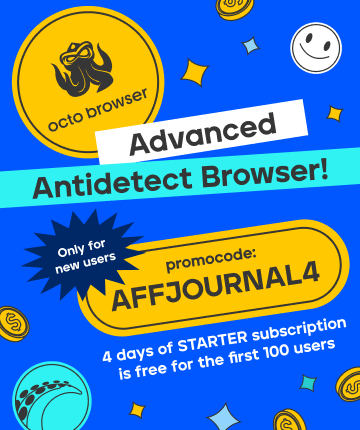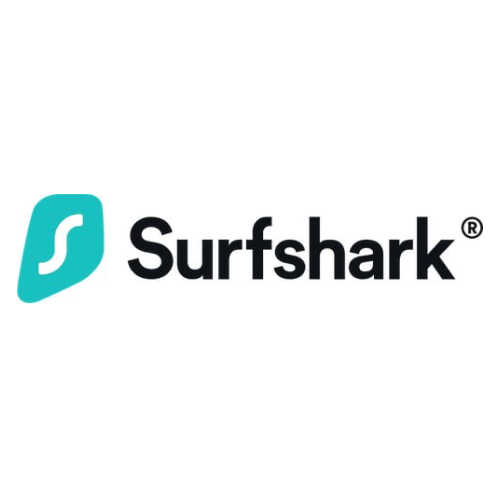

by Editor
As you know, motivated traffic and ASO are the main tools for promoting in the App Store. But often media buyers don’t delve into the topic and overpay for traffic, and sometimes make mistakes. Today we’ll share with you information on promoting mobile applications. You’ll learn which type of incentive has proven to be the most profitable and high-quality in our experience, and what to consider when purchasing traffic.
What is incentive (motivated) traffic?
Motivated traffic is essentially any traffic used to boost applications.
It’s used to increase an application's rankings in the top charts, accelerate indexing, or for new keywords to be indexed.
The main factor influencing an application's ranking in the App Store is the number of installations from keyword searches. When a person enters a search query, finds an application, and installs it, the App Store perceives this as a positive signal. The store recognizes the relevance of the keyword to your application and increases its rankings. It doesn't matter how the application was installed: directly from the search results or by first visiting its page.
Thus, motivation is used to increase organic installations by boosting the application to the top.
Types of motivated traffic
Spoiler: never use Retention in services providing incentivized traffic. Below we explain why.
Real users. Applications are installed by real users who receive a small monetary reward or bonuses for its installation.
In other words, there are exchanges that offer to install your application to users based on a specific keyword, to return to it again, or to perform other actions. Users receive money, while you improve your rankings in the search results.
Prices depend on the service and GEO: the cost of one installation averages $0.3, while Retention costs $0.1. Services actively try to upsell retention, however, in practice, we found that it doesn’t increase effectiveness, but rather reduces the pool of people who can make repeat installations, and makes you spend extra money. Working with it makes no sense at all. Popular examples of such exchanges are Asodesk, AdvertMobile, Appbooster.
Installation bots. Applications are installed automatically through bots using the necessary keywords.
For this purpose, those who want to earn on this create special farms consisting of hundreds and thousands of real devices. Software is installed on them, thanks to which, without physical contact with the phone, they themselves go to the App Store, download, and open the app. In other words, they completely simulate human actions.
 Here is how a bot farm looks like.
Here is how a bot farm looks like.
The average cost per installation is $0.1-0.2.
"Simplified" bots. In this case, there is no actual installation. For Apple, it’s enough to press the "Get" or "Download" button to register the installation.

This is an example of a search in the App Store for the query "Document Scanner".
In this example, after clicking the "Download" button next to the widgets, a request is sent to Apple for installation, and it’s recorded in the system as an actual installation, even though it doesn’t occur. The cost is also similar to the installation bots, ranging from $0.1 to $0.2.
How to validate traffic quality
In the case of installations to determine the user's location, Apple looks not at the IP address but at the country of the App Store. Suppose someone providing motivated traffic is located in Russia, they should set the GEO for you in the Apple ID on each device to the desired location, and all installations in the App Store will be tracked from there.
But an important point here is that any analytics system already integrated into the application or tracker will track such installations by IP address based on the initial initialization of the embedded SDK. Therefore, they’ll display the real location of those who installed the application.
Suppose you want to purchase GEO Australia. Users located, for example, in Russia, will change the geolocation in their Apple ID settings to the desired one and make an installation. In the App Store Connect, you’ll see Australia, but in the analytics service, the Russian geolocation will still be displayed. Due to how the market operates, all services for purchasing incentive traffic contain an audience from the CIS countries. You’ll always have a GEO installation data mismatch. Exactly because of this GEO installation data mismatch in App Store Connect and analytics services, you can confirm that you received live traffic rather than bots.
When purchasing live incentive traffic, it's also advisable to check for bots. Sometimes, situations arise where you are sold bot traffic at the price of live traffic. Bot traffic has its own characteristics that can help you identify that these are not real users. It’d be disappointing if you pay for bot traffic as if it were real users.
You can verify this through any third-party analytics system, such as AppsFlyer. If you have bot traffic instead of real users, you won't see any installations there. They will only be displayed in App Store Connect. This is relevant for the third type of incentive traffic, known as "simplified" bots.
Such a mismatch will help protect your interests in dialogue with the service when purchasing incentive traffic. It’ll help you check and confirm whether you are purchasing bots or genuine incentivized traffic — a live audience.
Which type of incentivized traffic to choose
Most players in the ASO market argue that incentivized traffic with real users is of higher quality. However, based on our experience, there is no difference in the dynamics of keyword promotion and the speed of their position optimization in the search results. However, there is a significant difference in cost — after all, bot traffic is cheaper.
If we evaluate the quality of traffic between the two types of bots, we also don’t see any difference. Even though simplified bots don’t actually install the application. This is because the Apple system counts installations when the "Download" button is pressed.
It should be noted that in live incentive traffic, user databases are limited in terms of the number of people. For example, a service may have 20 thousand people, but when working with medium volumes, a minimum of 5000 installations per day is required. The database will inevitably burn out in 4 days, and you’ll need to resort to repeat installations or find another vendor. It's difficult to maintain volumes in such a situation.
With bots, the situation is different. Since there is no connection to real users in this case, there are no limitations on traffic volumes.
Conclusion
Since promoting through live incentive and through bots yields the same result, we see no point in overpaying and recommend choosing bot traffic.
Moreover, often services offering live traffic deceive and provide bot traffic instead. Be sure to check the performers by the GEO of installations.
We want to emphasize that we don’t claim to have the ultimate truth. These conclusions are based solely on our experience, and we are pleased if they are helpful to you.
Ahead, you’ll find many interesting materials on working with ASO. Follow our social media channels to stay updated on the latest article announcements.

by Editor



comments ....(0)
Leave a comment
You must be in to leave a comment